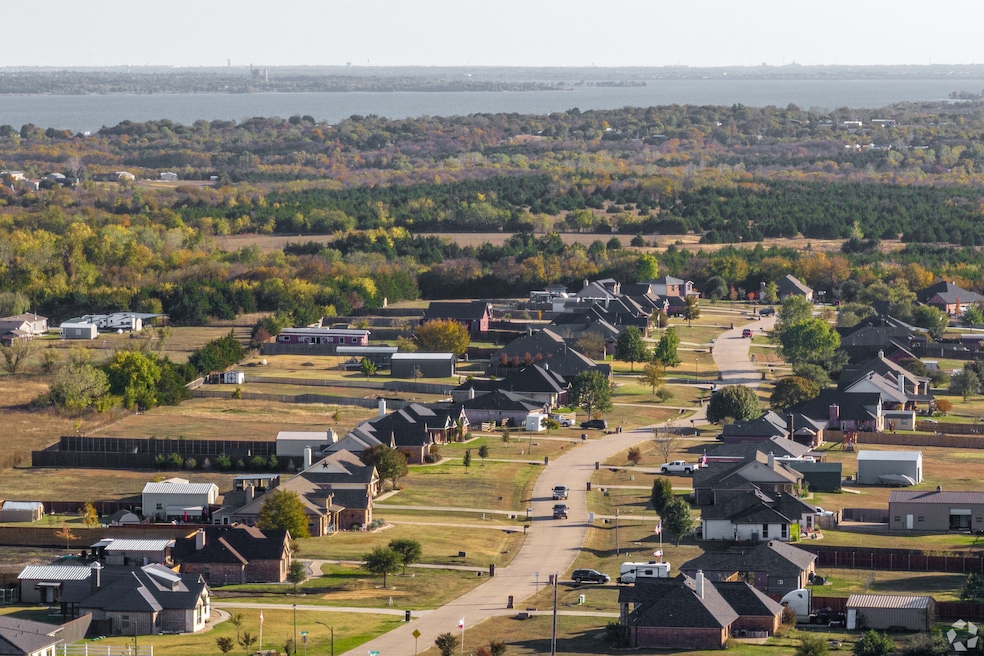State and local leaders should allow more housing in commercial districts to bring people closer to jobs and services, a pair of Washington, D.C.-based nonprofit groups say in a new report.
The American Enterprise Institute and U.S. Chamber of Commerce also called for governments to allow starter homes on smaller lots; a variety of housing types, from duplexes and townhouses to accessory dwelling units; and housing on federally owned land. These reforms together could lead to 1.6 million additional homes annually that aren’t permitted today, according to the report, "Strong Foundations: A Playbook for Housing and Economic Growth."
In releasing the report, Edward Pinto, who directs the conservative-leaning AEI’s housing center, said state governments should use their authority, if necessary, to push cities and towns to implement these changes.
“Local governments have had the opportunity to do these things and they haven’t,” Pinto said during a virtual briefing last week. “They’re all making individual decisions without looking beyond their own parochial interest. But the land use power is with the states, and they could take back that power.”
As an example, Pinto cited Texas, where state legislators approved a package of housing reforms this summer. Both Texas and Connecticut, among others, have looked specifically at opening up downtowns and other commercial districts to more housing this year.
Beyond a summary of the issues on a national level, the two organizations that issued the report made 6,000 housing growth playbooks available with data customized for individual states, metropolitan areas, and cities, so leaders at each of these levels can see how many new homes could be built in their jurisdictions.
Among the proposals, allowing housing in commercial areas would have the greatest impact, with 587,000 new homes each year across the U.S., according to the report’s analysis. It would have multiple benefits, the nonprofit groups said, with residents able to live closer to jobs and stores, cities expanding their tax base, and businesses gaining more foot traffic.
The report cites Miami, which built 2,000 homes annually from 2012 to 2024 in areas that had been previously designated for commercial uses, as a model. Chicago, on the other hand, needs to do more, the authors said; that city built just 600 homes each year in similar business districts.
Permitting more housing types like townhouses or accessory dwelling units on lots where single-family detached homes have been dominant could yield 482,000 homes each year, the report said. Another 414,000 homes annually could result from allowing houses on smaller lots; the report suggests setting a minimum lot size no higher than 1,200 square feet to encourage starter homes.
Selling U.S. Bureau of Land Management properties, most of which are in the Western U.S., at auction for single-family and townhouse development would have a smaller but still significant impact, the authors said, with 146,000 new homes per year. If houses are on small lots, they would take up a fraction of the federal agency’s holdings.
Pinto cautioned against hopes that the U.S. government can come up with housing solutions that will work across the country. Treasury Secretary Scott Bessent said recently that the Trump administration may declare a housing emergency for the country, though it’s unclear what that would entail.
“Any time the federal government has tried to address housing crises, it has run into problems,” he said, citing the federal role in the early 20th century in shaping zoning policies that have made it illegal to build anything besides single-family housing in many places.

